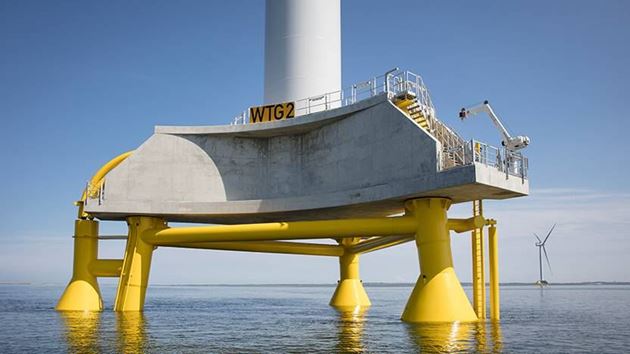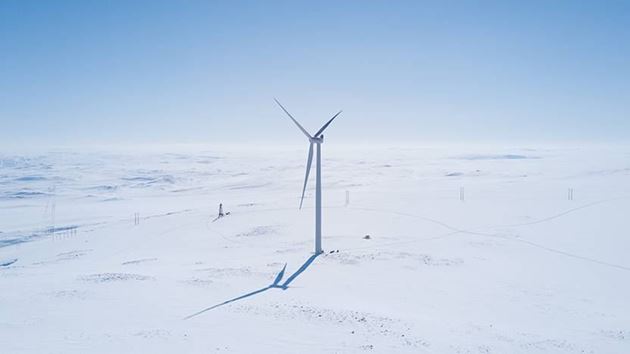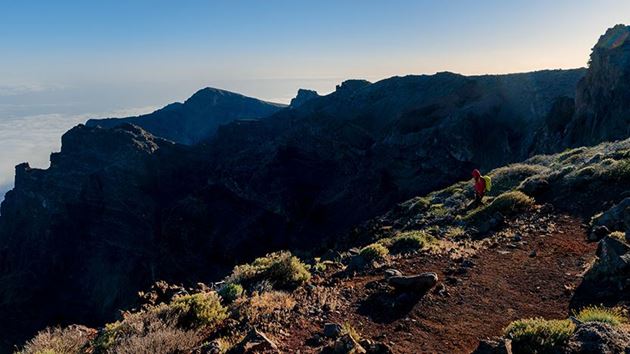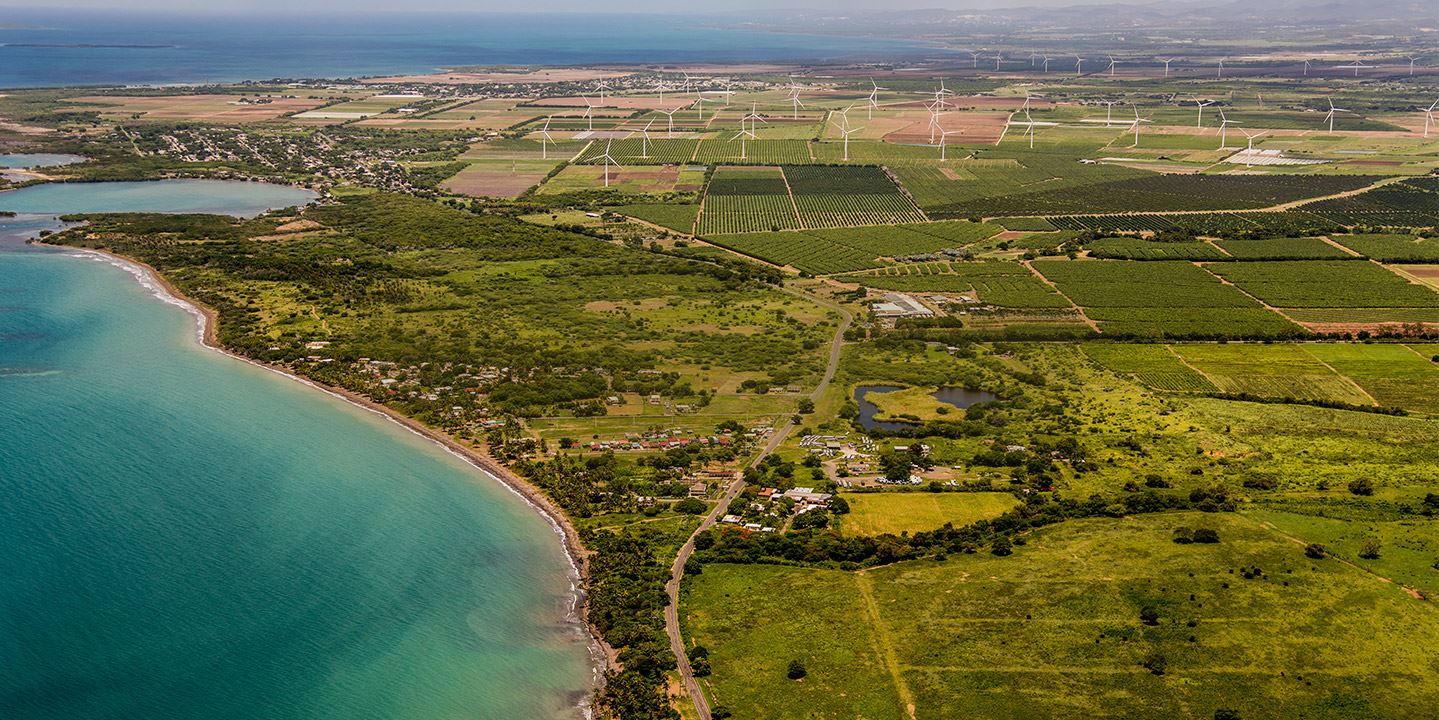
Pros and cons of wind energy
Uniting environment and technology
Do you have interesting topics for our renewable energy journal? Do you want to know more about the pros and cons of wind energy for the environment? Please do not hesitate to contact us.
info@siemensgamesa.comCarbon footprint
The environmental impact of Siemens Gamesa wind turbines is calculated based on Life Cycle Assessments (LCAs). The LCA not only determines and evaluates the ecological footprint of our products and solutions, but also looks at every step from raw material extraction and materials processing, through manufacturing, installation, operation, and maintenance to dismantling and end of life. The results of the LCAs form the basis of our environmental product declarations (EPDs) and support product development. Through this, we help our customers improve their current and future environmental impact.
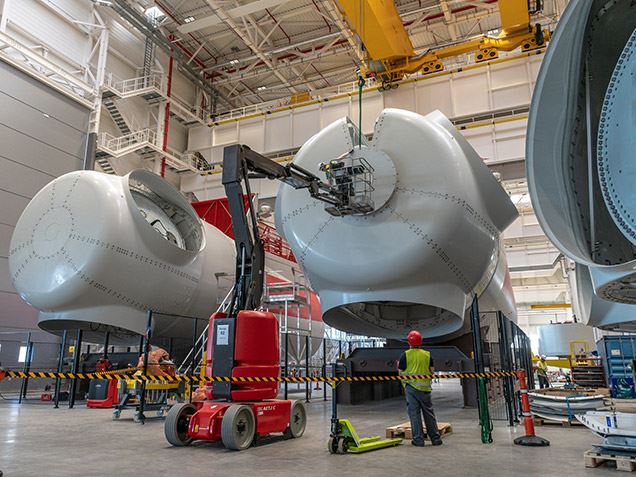
To examine how much each stage of a wind power plant's life cycle contributes to global warming, we assessed their specific CO2 emissions. The average energy payback time for a wind turbine is about eight months.
- Materials: The main contributor because of emissions during material extraction. The turbine’s tower and foundation contribute more than 50%, followed by the blades and nacelle. Percentage of global warming contribution from this life cycle stage: 85%
- Manufacturing: The collected data from Siemens Gamesa’s production sites and suppliers mainly based in Europe includes waste and subsequent treatment as well as transportation of materials. Percentage of global warming contribution from this life cycle stage: 8%
- On-site installation: This includes preparing the site, erecting the turbines and connecting them to the grid, resulting in consumption of resources and production of waste. Percentage of global warming contribution from this life cycle stage: 5%
- Operation and maintenance: The structural design lifetime of a wind turbine is 20+ years. Manpower, materials, and energy required for service over lifetime are considered. There are almost no emissions during wind power plant operation. The percentage of global warming contribution from this life cycle stage is 2%.
- Dismantling and end-of-life: The components are disassembled and the materials transported and treated according to different waste management systems. There is an offset to emissions at end-of-life because a large part of the materials is recyclable (find out more about the details in the example EPD Environmental Product Declaration below). The percentage of global warming contribution from this life cycle stage is -20%.
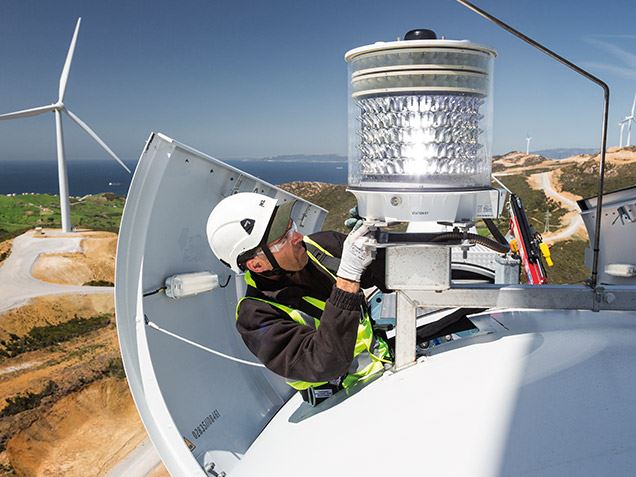
Effects on Wildlife
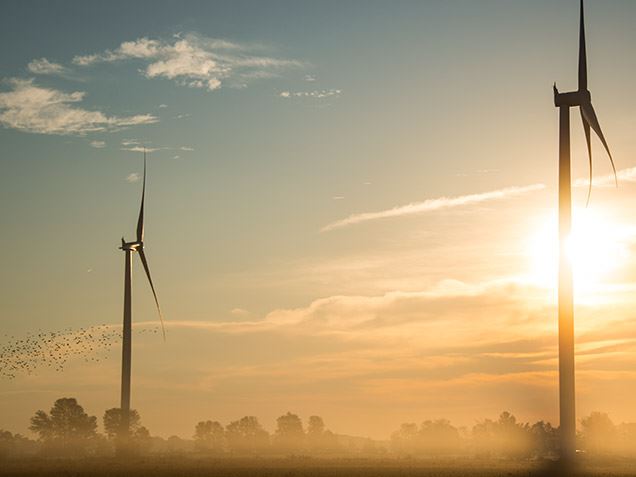
On some occasions, onshore wind power is blamed for the death of bats, birds, and other flying species – supposedly killed by turning rotor blades. But according to studies and research reports, the danger of turning rotor blades for most bird species is extremely low and the increasing death rate of birds is actually caused by climate change, human activity, or wild and domesticated predators.
To ensure protection for birds and bats, Siemens Gamesa turbines can be equipped with a special feature: Depending on the time of day or the season, the wildlife schedule stops the turbine when there is an increased risk of, for example, bats flying in the turbines’ vicinity.
Offshore wind power is a cornerstone of the desired transition toward renewable energy. But nature conservation associations, foundations, and media refer to the possible risk to marine life from offshore wind power plants – especially to the harbour porpoises found in the North Sea, which are affected by noise from the pile drivers used when offshore wind power plants are installed, and any further noise pollution from machinery operations.
There are two different methods we use to ensure the reduction of noise pollution while installing offshore wind parks. The first option is the bubble curtain. This method uses two hoses with holes, laid out around a pile to be installed. A compressor pumps air into these hoses, so the bubble ascends – thus restricting sound emission. Based on this simple but effective idea, the hydro sound damper is another feature that reduces noise. It resembles a fishing net wrapped around a pile from the top down to the seabed. Inside this net are balloons and pieces of foam material in various shapes and sizes. Due to their different characteristics, these elements soften the sound in different frequencies.
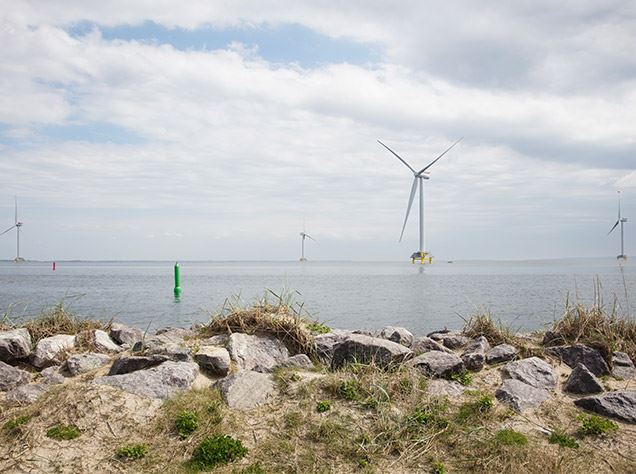
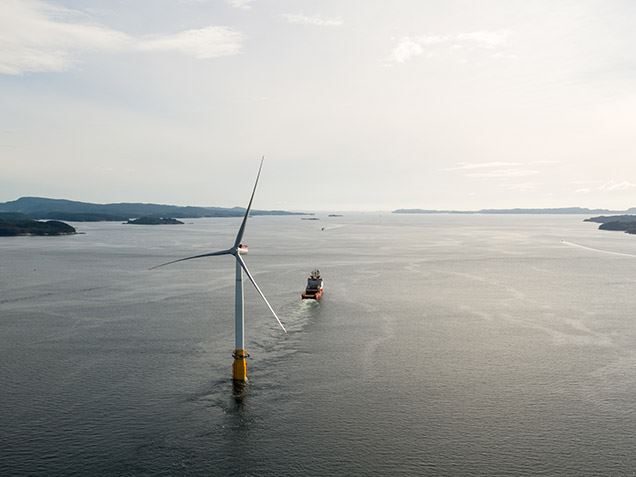
In addition to lowering the noise level when installing traditional offshore wind platforms, which are mounted on the seabed, new ways to build the foundation itself have been developed: suction buckets and floating wind farms.
Suction buckets consist of a three-legged jacket structure standing on three giant buckets. Once the jacket has been lowered onto the seabed, pumps are used to create a pressure differential inside each bucket – and this, together with the weight of the structure, forces it into the ground. The jacket does not need to go as deep as the traditional piles, and the pumps used are much quieter than the sound that is usually generated by pile drivers. Suction buckets were successfully used for the Borkum Riffgrund 1 wind farm.
With floating wind farms, such as the Hywind projects by the Norwegian energy company Equinor, the concept is taken even further. Rather than bottom-fixed foundations, floating steel tubes are used. These tubes are filled with ballast and tethered to the seabed – the individual turbines are moored by catenary cables connected to a single spar buoy. In addition to softer volumes, floating wind farms enable the exploration of new offshore locations with even higher wind speeds – since great depth is no longer a problem for installing a farm at a particular location.
Effects on Humans
There is a range of procedures that have to be taken into account even before a wind power project can start. In general, well-designed permit and siting procedures for the installation of projects keep costs down, allow for better return on investment, and drastically reduce the likelihood of conflicts with local communities.
Authorities are mindful of the development of wind farms in their planning policies. The decisions on siting should always be made with consideration for other land users to avoid conflicts from the very beginning. Regional and local land use planners must decide whether a permit is compatible with adjacent uses, whether a wind power project will negatively modify the overall character of the surrounding area, whether it will disrupt established communities, and how it will be integrated into the existing landscape. Phenomena like shadow flicker can be calculated prior to construction and turbines can be sited to minimize impacts on residences.
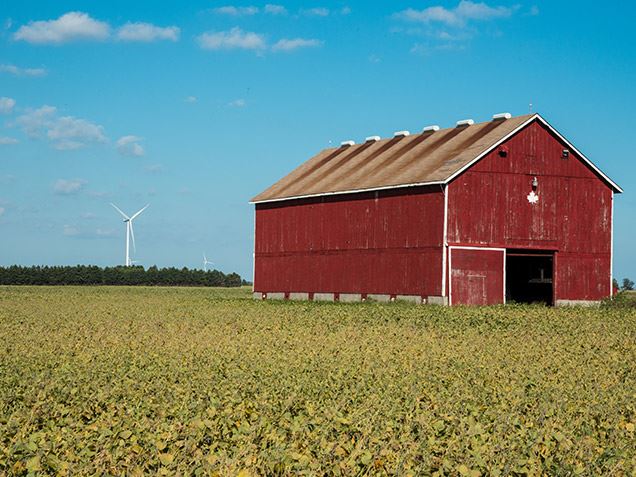
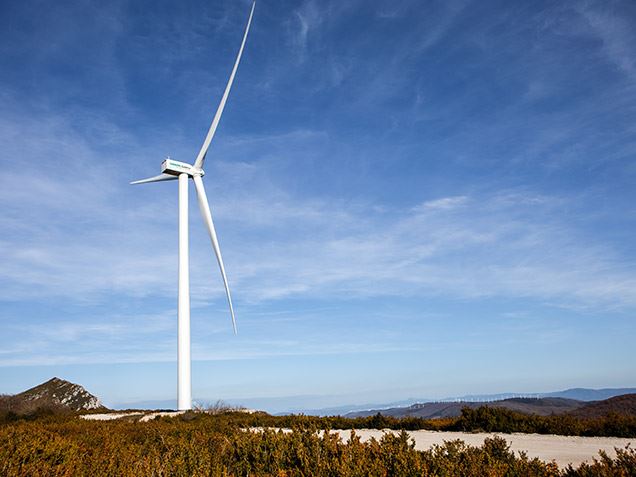
To make wind power more acceptable, on top of optimized site layout, we have the capability to adapt turbine operation to fit noise requirements in a specific area. In this way, the neighboring environment will experience a noise level compliant with local regulations, without compromising power output.
One way to achieve this is by noise-reduced operation, through which the optimization of rotor speed and pitch angle to maximize power output is subordinated to a control algorithm that keeps noise emissions below certain thresholds.
